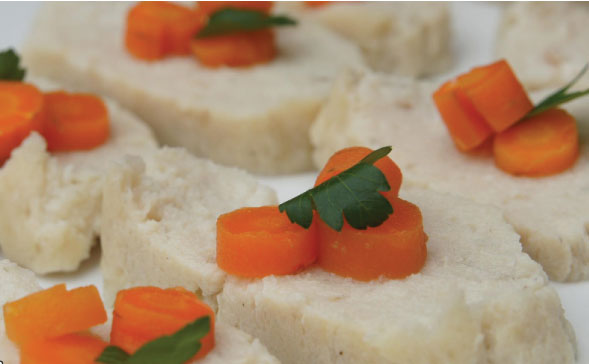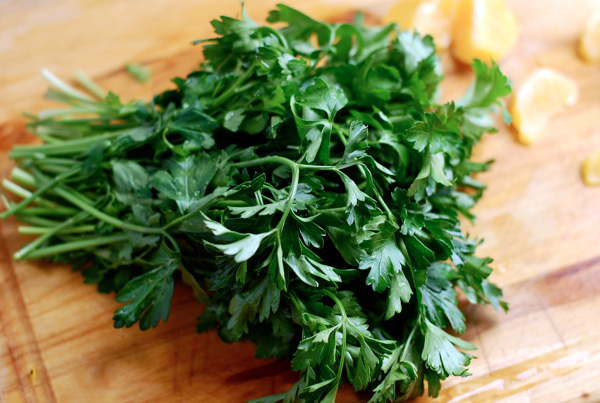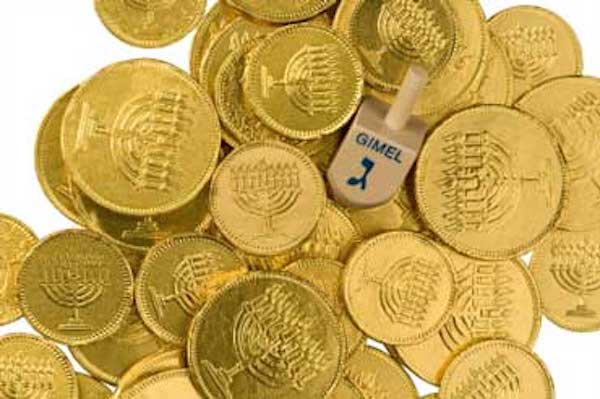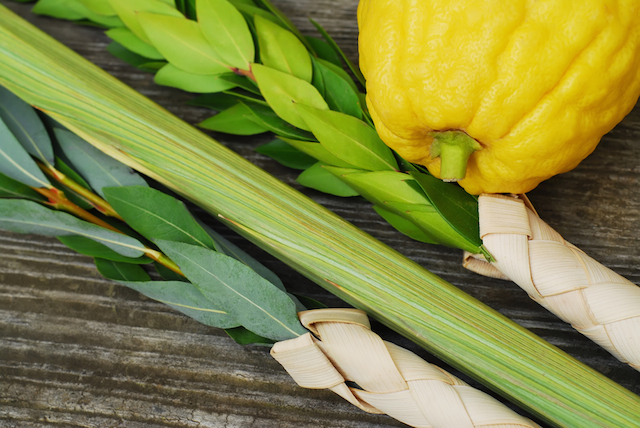Every culture and religion has some sort of connection to food. Whether it is a direct symbol (like drinking the wine at Communion) or a more secular tradition (like when I buy Peeps because I love marshmallows and pastels), food gets tied to religion in all sorts of ways – especially in Jewish traditions.
I am Jewish, though I will admit I’m pretty relaxed in my approach. With the passing of Purim and the approach of Passover, I decided to use my culinary knowledge to rank the five weirdest Jewish food traditions in no particular order.
1. Hamentashen

Photo by Tess Citron
Hamentashen are triangular shaped sugar cookies stuffed with some sort of delicious, sweet filling and come in a variety of flavors. Why is this weird? Because hamentashen symbolize the triangular hat of Haman, the anti-semitic villain of the Purim story described in the Book of Esther. Personally, I do not often make my dessert in the style of my archenemy’s clothing, but that’s just me.
2. Gefilte fish

Photo courtesy of jewishboston.com
You either love gefilte fish, or you really, really hate gefilte fish. Not actually a type of fish, gefilte fish is a combination of many fish. Traditionally, carp, pike, mullet and whitefish are used. The filets are ground together with onions, egg, and matzoh crumbs to create a fishy dough which is then boiled in fish stock.
The mixture congeals and is then cooled. The giant fish equivalent of meatloaf is then sliced and served cold. Why is a normal fish not good enough? Why do Jewish people need to be the mad scientists of the cold, dark fish world? Unclear.
3. Parsley and saltwater

Photo courtesy of brooklynsupper.com
The Passover Seder is full of symbolic foods. None is more depressing to me than the parsley and salt water. Not satisfied with just talking about the sad story of slavery, Jews are meant to dip parsley into salt water and then eat it to taste the tears of our ancestors.
This is not the empowering idea of “drinking your enemy’s tears,” this is, “let us drink our own tears to make us even sadder.” Next time you go through a breakup, I say stick to the Ben and Jerry’s.
4. Gelt

Photo courtesy of elcivics.com
Chanukah is known for its delicious food and desserts. On the surface, fun shaped chocolate doesn’t seem THAT bizarre. Chocolate bunnies are classic for Easter. The difference is that gelt is used for gambling.
You spin the dreidel and hope to land on a Gimmel (a Hebrew letter) so that the other players have to give you their gelt. If you land on a Shin (another Hebrew letter) you have to give up some of your gelt to the pot. You know how everyone gets upset when kids eat candy cigarettes? How is encouraging kids to participate in another vice any less weird?
5. Etrog

Photo courtesy of myjewishlearning.com
Etrog is a citrus fruit that looks like a giant lemon and is involved in an import part of the Sukkot ceremony. While you don’t actual eat the etrog, it is technically edible, and thus qualifies for this list.
Sukkot is a holiday every Fall for to Jews celebrate a bountiful harvest season. Before each meal, you are supposed to take an etrog and a lulav (palm and willow branches bundled together) and shake them in different directions in the air. Each direction you shake it is meant to symbolize an honorable quality, for example, shaking to South represents kindness.
I’m not saying that shaking a glorified lemon in different directions to show how important it is to be kind is something I wouldn’t do, I’m just saying it is not something I would usually think to do.


